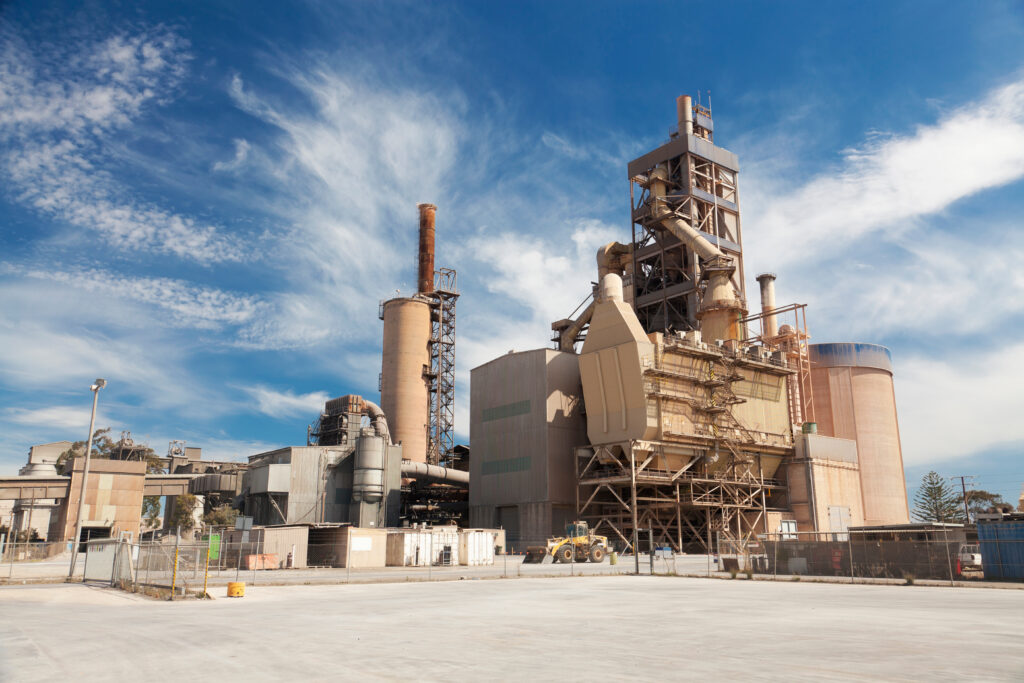
Oliver Gordon of the Energy Monitor reports that Ian Riley, CEO of the World Cement Association, discusses the industry’s urgent but thorny transition to net-zero emissions. Gordon writes:
Houses, skyscrapers, dams, bridges – every variety of building and infrastructure – all rely on cement. This, however, poses a problem for the environment: cement is responsible for 8% of global carbon emissions – or more than three times the emissions produced by aviation – and there is no easy way to get rid of them.
Cement is known as one of the ‘hard-to-abate’ sectors. But abate it must if the world is to stand a chance of limiting global warming to a manageable level. Worryingly, due to the industry’s long-lasting assets, 2050 is just one investment cycle away – so solutions need to be put in place today for the industry to hit net-zero emissions by mid-century. […]
Direct scope 1 emissions represent 90% of cement emissions – about two-thirds of which are coming from the limestone and a third from the energy. And there are three leavers the industry has pulled for 20/30 years now: energy efficiency, fuel switching to primarily waste-based fuels and reducing the clinker factor of the cement.
These levers have achieved a roughly 50% reduction in emissions in the last 30 years. And then there’s the one that we are extremely reluctant to move to, because it’s so expensive, but without which we don’t know how to get to net zero: carbon capture, use, and storage (CCUS). And CCUS projects have really taken off in the last year, at least in terms of project announcements – obviously, those that are actually operational is another story.
The issue is really economics. The cost of CCUS, for example, is completely prohibitive, unless everybody has to do it. So you have to have a regulatory framework which creates incentives for further decarbonisation. Obviously, we have that in Europe and to some extent in the US. The great thing with the EU is it’s really hard for them to change the rules, so you’ve got some consistency in policymaking. […]
Materials are the vast majority of their footprints. So it doesn’t have to be the government giving out money, but one way or another there has to be a financial benefit for doing the right thing: getting a subsidy, not paying a tax, not paying a cost, or whatever. That can be applied to the cement industry in the form of carbon pricing and emissions controls and so forth. It can be applied to the asset owners – the real estate developers or infrastructure companies – in the form of planning requirements on what new projects have to adhere to.
And then the second area is public procurement. The government is a big buyer of concrete worldwide: around half of concrete is procured by governments. So governments can make a big difference by insisting on using low-carbon materials on their infrastructure projects, which would help create markets for those materials. But they need to be willing to pay a premium on those projects.
Read more here.




